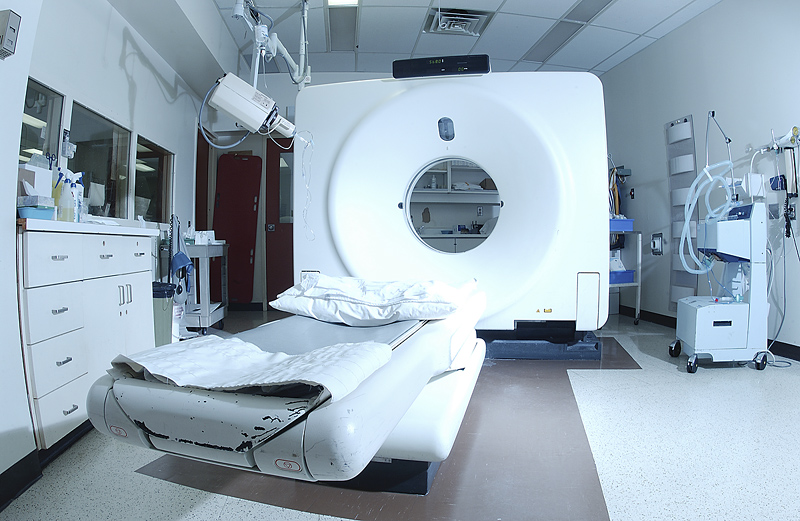
WEDNESDAY, Dec. 12 (HealthDay News) — Researchers have identified nearly 100 genes linking autism and fragile X syndrome, the most common form of inherited mental retardation, according to a new study.
The findings could improve the diagnosis and treatment of both disorders, researchers from Duke University Medical Center and Rockefeller University suggested.
Daniel Smith, director of discovery neuroscience at the advocacy group Autism Speaks, agreed that the research “provides important insights” into molecular mechanisms that underlie neurodevelopmental disorders related to autism.
Smith, who was not involved with the new study, said that “while these findings do not offer immediate benefits to individuals with autism, they are important for early research into potential therapeutics.”
Fragile X syndrome is caused by defects on part of the genetic code for a protein known as fragile X mental retardation protein (FMRP). People with fragile X syndrome have too little or none of the protein, which is necessary for healthy brain development.
“We now know not only which genes are linked to FMRP, but we can locate exactly where they interact,” study co-leader Uwe Ohler, an associate professor in biostatistics and bioinformatics at the Duke Institute for Genome Sciences and Policy, said in a university news release. “Down the road, this finding could lead to more detailed genetic tests that take into account the subtle ways that genes get turned on and off.”
In conducting the study, published online Dec. 12 in the journal Nature, the researchers found FMRP directly controls at least 93 genes that have been independently linked to autism and other brain disorders with similar symptoms. Autism is a developmental disorder characterized by impaired social interaction and communication.
The researchers concluded that the new findings should allow scientists to examine the molecular pathways leading to all forms of autism. They noted this development could lead to improved treatments for both fragile X and autism.
“We can now look for changes in the FMRP binding sites of genes to identify potential new genetic links to autism spectrum disorders,” said Neelanjan Mukherjee, a Duke post-doctoral scientist who helped with the research.
Autism Speaks’ Smith agreed that the research could give insights into autism’s cause and potential treatments.
“These researchers reveal the precise molecular mechanisms by which FMRP communicates and changes how multiple genes function,” he explained. “They identify many of these ‘target’ genes, and discovered that some of them are the same as those previously linked to seemingly distinct syndromic forms of autism spectrum disorders.”
Besides delineating lines between fragile X and autism, the findings “will enable basic researchers and drug discovery scientists to be more exacting in their search for novel therapeutics,” Smith added.
The researchers noted that additional fragile X syndrome research involving mice revealed abnormal protein production was found in the ovary as well as the brain, which confirms that absence of FMRP protein causes ovarian insufficiency, at least in mice.
About 2 to 6 percent of children with autism are also diagnosed with fragile X syndrome. Meanwhile, about one-third of patients with fragile X fall on the autism spectrum. The study authors pointed out, however, that people with fragile X may have almost no disability while others have more severe physical and intellectual impairments.
More information
The U.S. National Library of Medicine has more about fragile X syndrome.

